scale bar = 1cm.
Small-flowered Wood-sorrels - native and introduced (Oxalis species)
Family: Oxalidaceae (Wood-sorrel family).
The Yellow Wood-sorrels differ from Soursob in the much smaller leaves and flowers, the presence
of stems, and the absence of bulbils.
There is a complex of seven species, all of which were formerly included in the
cosmopolitan Oxalis corniculata. Of these species, one is introduced and the other six are natives. It
is often difficult to distinguish between the species. The three common species are
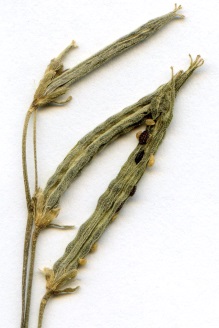
Grassland Wood-sorrel (O. perennans)
Fruit is long and narrow (more than 7 times as long as wide) and narrows abruptly to the apex. It is often a tufted plant. The hairs point forward along the stems. Native. Very common in forest and grassland.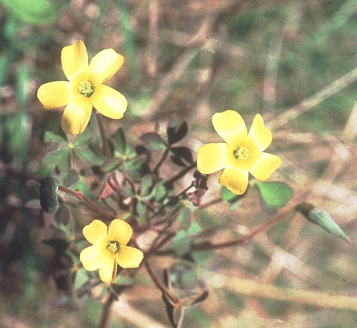
Shady Wood-sorrel (Forest Wood-sorrel) (O. exilis)
Fruit not slender (less than 7 times as long as wide), and tapering to the apex. It is a trailing plant. The hairs (if present) point forward. Native.Name: exilis: slender.
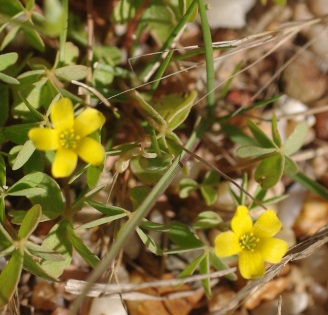
*Yellow Wood-sorrel (*O. corniculata)
Introduced. Fruit is long and cylindrical and the hairs on the fruit point backwards. A trailing plant. The hairs on the stems are spreading. It has conspicuous stipules (leaf-like structures at the base of the leaf stalk). Common in lawns, gardens and disturbed places. A variety with red-purple leaves is moderately common in Castlemaine township.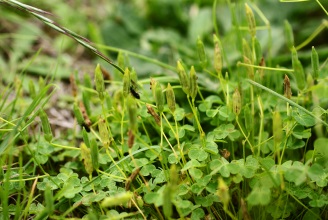
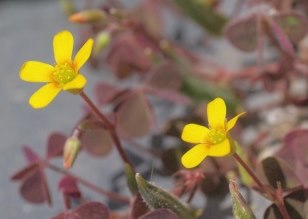
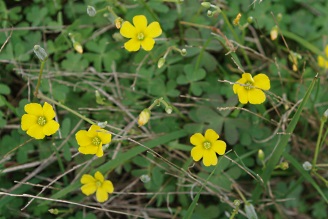
Photos Yellow Wood Sorrel. 4: Forest Creek. 5: Purple-leaf form. Castlemaine garden weed. 6: Castlemaine Botanic Gardens.